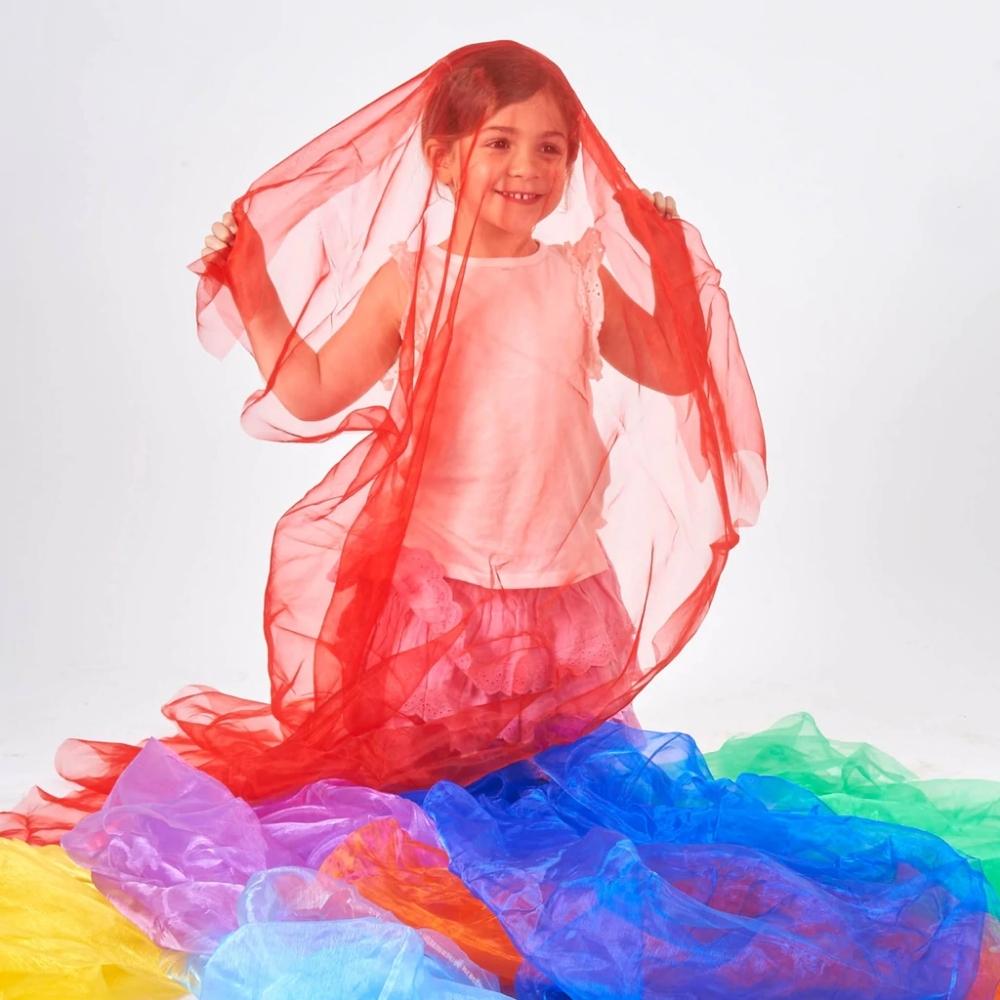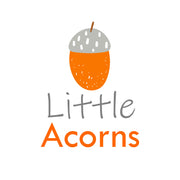
An introduction to schemas
Schemas are ‘repeated patterns of action’ that children demonstrate when they are exploring the world and trying to find out how things work.
Why is it important to be aware of schemas?
We can support children’s natural exploration of the world more appropriately if we can recognise which schemas particularly interest them. Children learn so much at home through playing and exploring their environment, if you recognise that children are repeating actions (or schemas) you can provide a stimulating environment to encourage this.
ENVELOPING SCHEMA
ENVELOPING Can most commonly be recognised as a child covering themselves, objects or a space often with tea towels or scarves or blankets. Cardboard boxes may also be popular play materials, for example children may enjoy putting their toys in boxes and closing them, or even getting in boxes themselves and closing them. More examples of Enveloping schematic play: An interest in tents, tunnels, dens, boxes; Building fences or barricades; Creating a train track and putting toys in the middle.

CONNECTING SCHEMA
You may notice the child having an interest in connecting or joining themselves to objects or joining objects to each other. The child may have a particular enthusiasm for construction toys, pegs, paper clips, string, glue, magnets, sellotape, locks and chains - and providing the opportunity to play with these items might help children exploring this pattern.
CONTAINING SCHEMA
CONTAINING Refers to a child’s interest in putting themselves, objects or materials into different containers. You may notice that your child(ren) is interested in: putting materials such as sand, mud, play-doh into containers; pouring water into watering cans; climbing in to boxes themselves, or drawing boxes/circles around things. In order to support this schema you can provide them with different sized containers (boxes, jugs etc) and provide access to materials such as water, sand, play-doh, pasta, grains/rice
TRAJECTORY SCHEMA
TRAJECTORY Lines that are moving, like a jump. These lines can be vertical ‘up down’, horizontal ‘side to side’ or oblique ‘at an angle’. Trajectories can leave a mark or trail, that we refer to as a line. You make the line by making a trajectory movement. Young children often place objects in a line. The line is the ‘figurative’ aspect of the schema, whereas the movement is the ‘dynamic’ aspect. Some examples of trajectory include: Climbing up things and jumping off, throwing things repeatedly, interacting with things that are already moving (i.e. putting their hand under running water), stacking items or lining them up.
TRANSPORTING SCHEMA
TRANSPORTING Refers to when children carry objects or enjoy being carried from one place to another a buggy or shopping trolley maybe a favourite toy. Children who are enjoying transporting will constantly find and gather things to move and ways of moving them around, e.g. using bags. More examples of transporting schematic play include: Carrying toys with them; playing with trucks/cars using objects to transport toys such as: buggies, shopping trolleys, baskets & bags; playing with bikes/scooters.
